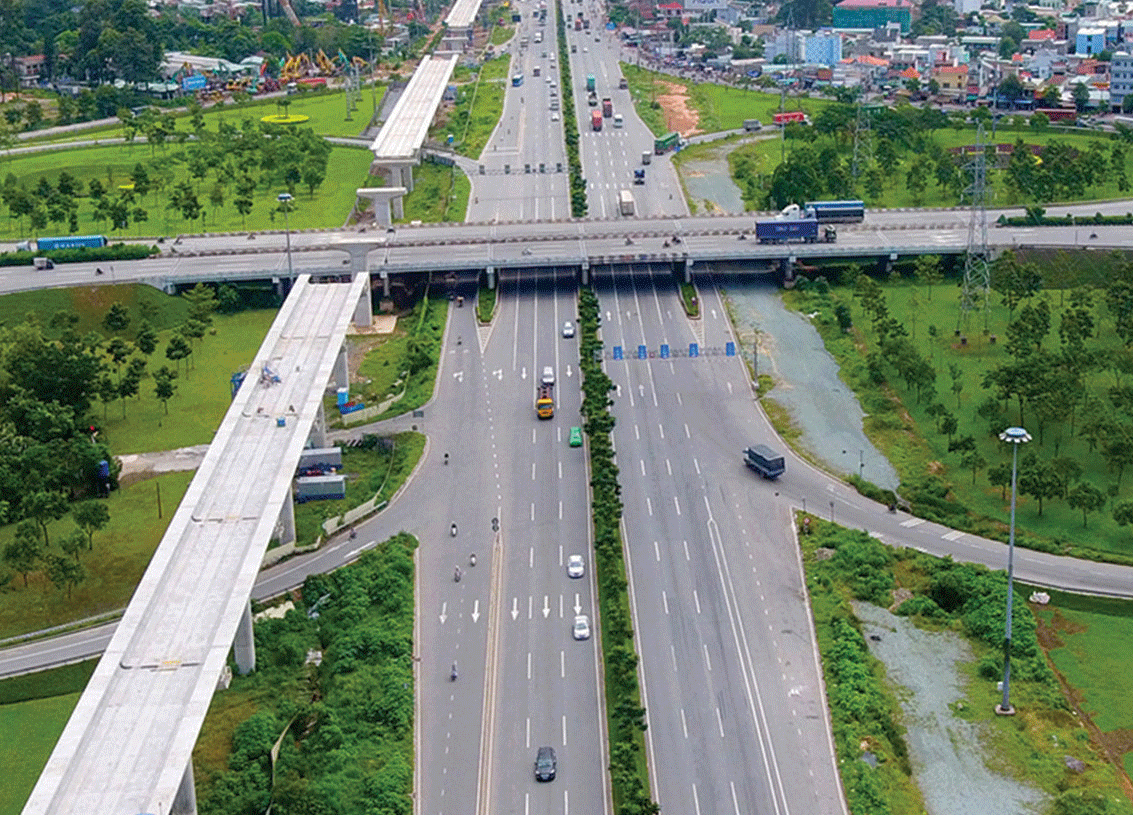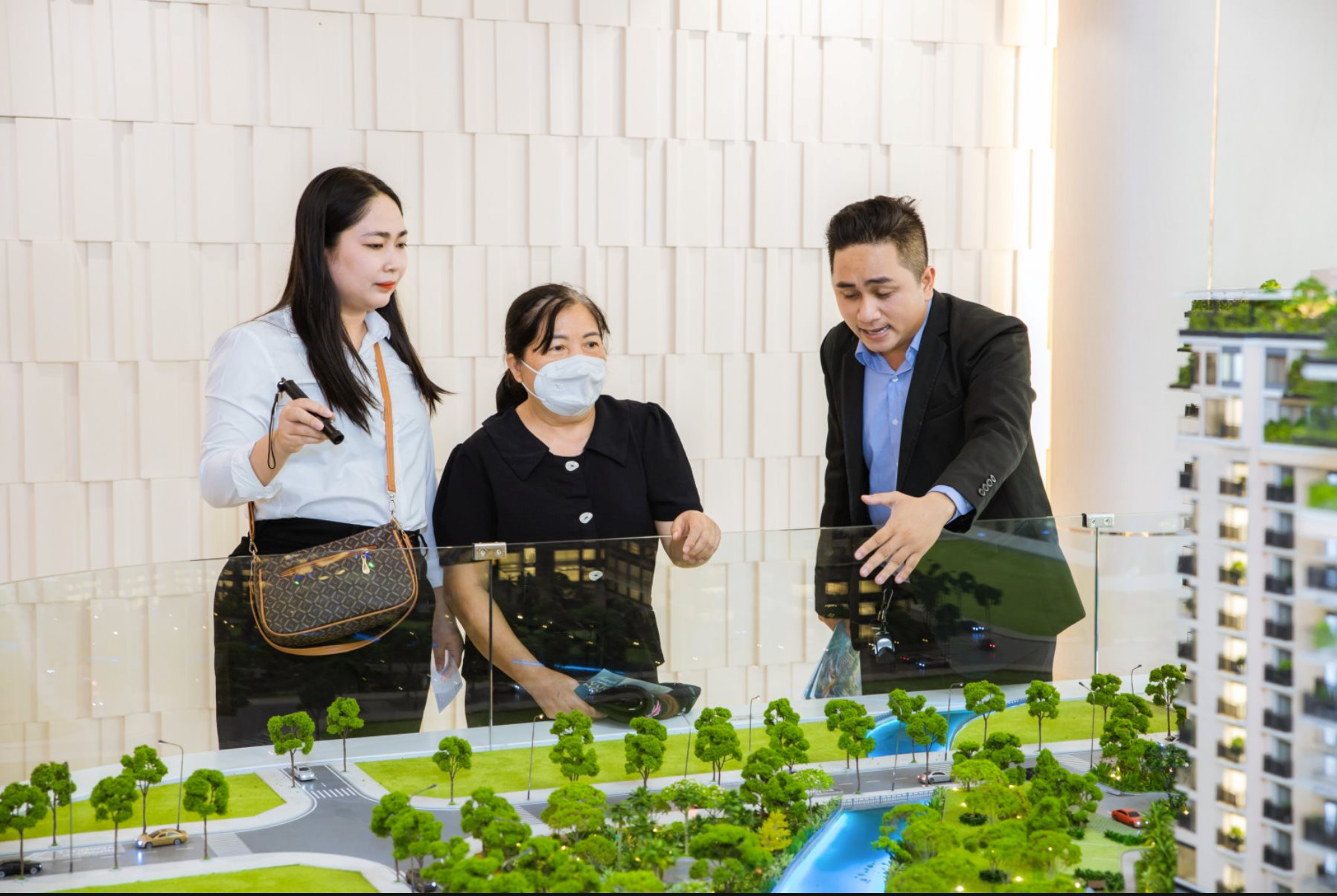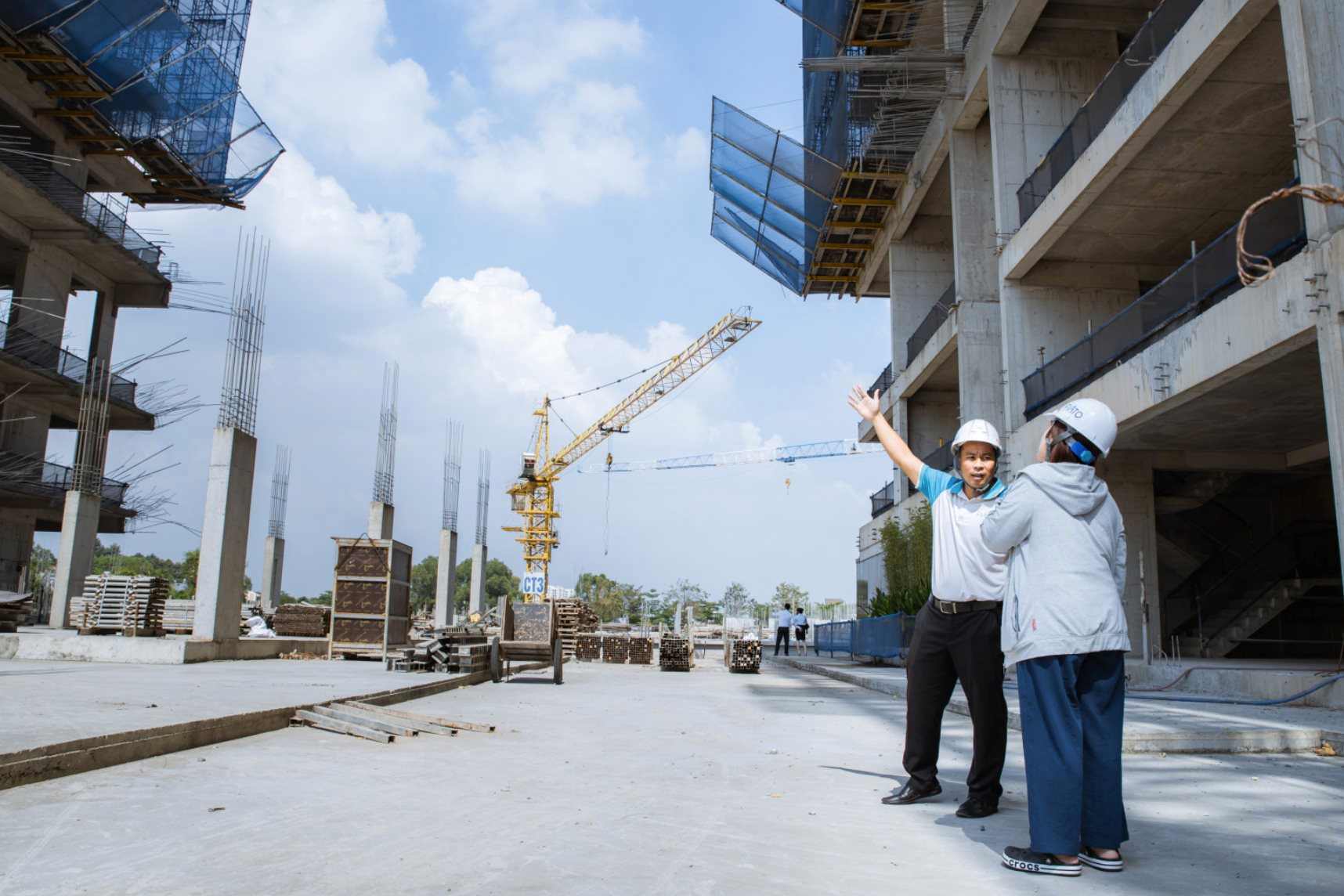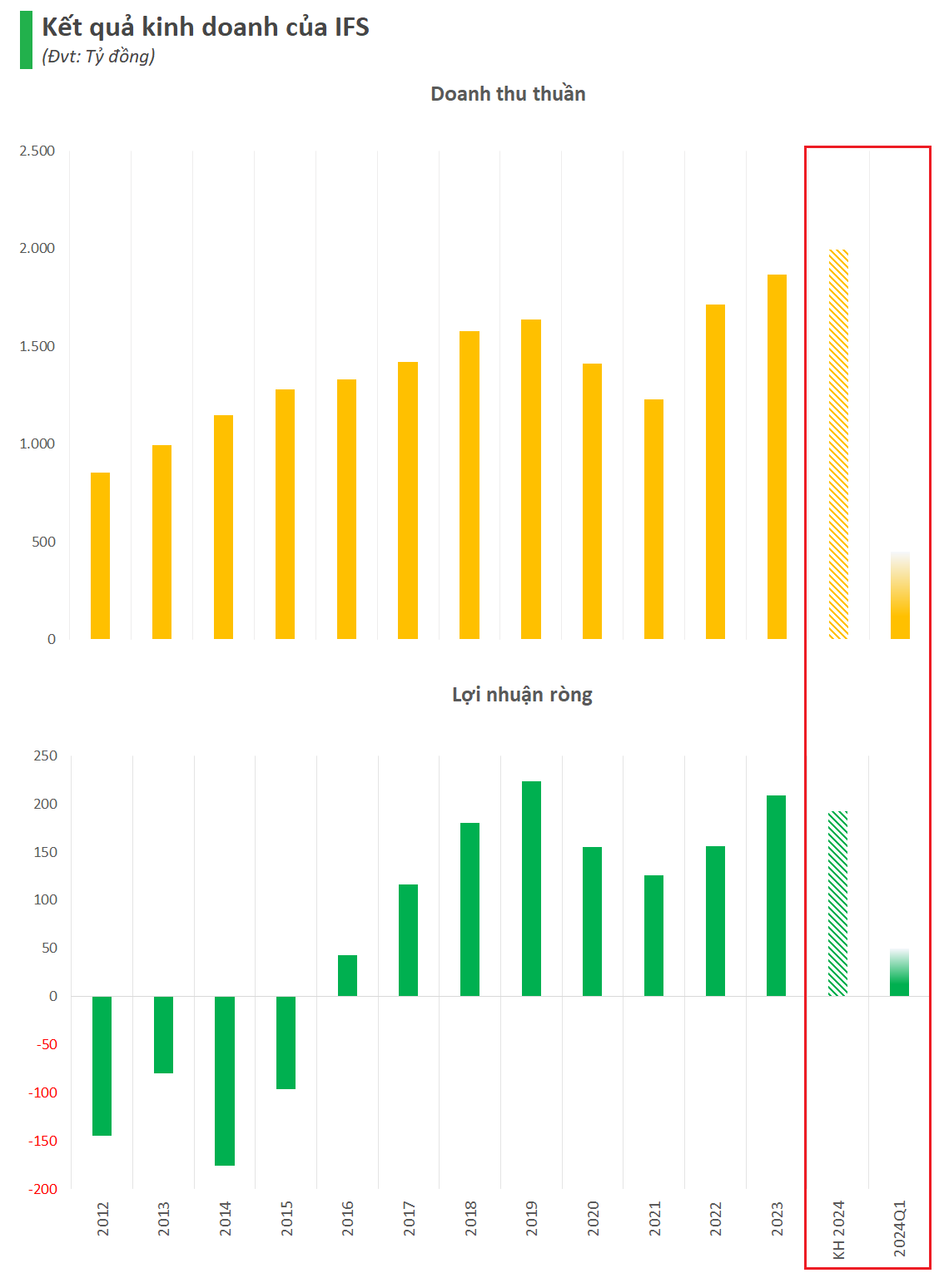Expanding Inner City Transport Network of Ho Chi Minh City
After being officially launched, the project of Ho Chi Minh City Belt Road 3 has become a “new breeze” blowing into the real estate market. Along with Belt Road 3, the recently closed information Belt Road 2 – Ho Chi Minh City has created positive effects for the real estate market in various areas, including Thu Duc district (formerly, now Thu Duc City, Ho Chi Minh City). Recently, the five provinces and cities of Ba Ria – Vung Tau, Dong Nai, Ho Chi Minh City, Binh Duong, and Long An have finalized the plan to build Belt Road 4. Continuous investment and expansion of infrastructure information have had a positive impact on the real estate market.
According to statistics, every 5 years, Ho Chi Minh City adds about 1 million people. At present, the population of the city has reached over 9.3 million people, with a density of 4,292 people/km2. This creates increasing pressure on housing and social infrastructure in the inner city area.
To redistribute the population and create new development space for the city, Ho Chi Minh City aims for a multi-center model. According to the plan, besides the existing inner-city area, Ho Chi Minh City will have additional development poles in all 4 directions; among them, the 2 main directions are towards the East and towards the South to the sea. To speed up this process, according to assessments, belt road routes will play a very important role.

It is expected that Ho Chi Minh City will have 4 belt road routes built, with a total length of over 380 km. So far, Belt Road 1 with a length of over 26.4 km has been formed, showing effectiveness in reducing traffic congestion, stimulating population migration to suburban areas. Belt Road 2 has completed 50/64 km, it is expected to be completed in the coming time and shorten the distance from the inner city to the outskirts, making it more convenient for people to travel.
Recently, the Ho Chi Minh City Department of Transport submitted to the People’s Committee of Ho Chi Minh City a report on the feasibility study of Belt Road 2, from Vo Nguyen Giap Street to Pham Van Dong Street. According to preliminary statistics, the total investment for this section is about 4,543 billion VND. The project is proposed to be implemented from 2023 to 2027. Specifically, by the end of this year, the investment policy will be formulated and adopted. In the first quarter and the second quarter of 2024, the feasibility study will be surveyed, established, and assessed for approval. From the second quarter of 2024 to the second quarter of 2025, compensation, support for resettlement; selection of contractors, consulting supervision… will be carried out. The project is targeting construction commencement in the third quarter of 2025 and operation in 2027.
According to the plan, Belt Road 2 of Ho Chi Minh City is about 64 km long with 6-10 lanes. The road passes through Di An city (Binh Duong province) and districts of Binh Tan, District 7, District 8, District 12, Binh Chanh district, and Thu Duc district (formerly, now Thu Duc City, Ho Chi Minh City). If this project is synchronously connected with the roads in the area, it will promote the development of infrastructure in the East.
Although the Thu Duc district (formerly, now Thu Duc City, Ho Chi Minh City) area – adjacent to Belt Road 2 – has been quiet due to general impacts, it has shown signs of resurgence before the launch of Belt Road 2.

The real estate price around the belt road and industrial zones will continue to increase.
Along with that, Ho Chi Minh City has decided to invest in upgrading and expanding To Ngoc Van Street (formerly Thu Duc district) to 30m, which has had a positive impact on the real estate market. To Ngoc Van is a central street, with the most bustling population in Thu Duc district. The road is adjacent to Belt Road 2, connecting with Pham Van Dong avenue and Vo Van Ngan street. The expansion of this road is an important factor in promoting the development of Thu Duc district (formerly, now Thu Duc City, Ho Chi Minh City), and the East area in general, in the coming period. That will stimulate the development of various business types in the area. This is also seen as a practical move of the city in speeding up the development of the creative urban area in Thu Duc City (including Thu Duc district, District 2, and District 9).
According to the observation, the supply of real estate in Thu Duc district (formerly) is relatively scarce. Around Belt Road 2, FIATO Premier project by Thang Long Real Group is entering the market. This is a high-end apartment project located on the front of To Ngoc Van Street, within the existing residential area, with full amenities; it has the ability to directly connect to the city center and surrounding areas via Pham Van Dong boulevard, Belt Road 2, Ben Thanh – Suoi Tien Metro, while connecting with existing and bustling residential areas.
The characteristic of the real estate market in this area is that the demand mainly comes from real housing needs or investment for lease. Investors who buy apartments here pay great attention to exploiting rental income, as Thu Duc district (formerly) is a long-standing development area of East Ho Chi Minh City, forming a stable community from several decades ago.
In addition, Belt Road 3, Belt Road 4, and many other important transportation projects such as Hanoi Highway, Ho Chi Minh City – Long Thanh – Dau Giay expressway, Pham Van Dong road, National Highway 1, National Highway 13… are being heavily invested, and have the potential to connect with each other, opening up new development centers. The development of transportation infrastructure leads to changes in the real estate market.
Real Estate around Belt Road still attracts investors, prices do not cool down
In Ho Chi Minh City, “new cities” are forming along the belt road routes, especially in the Eastern area (now Thu Duc City). It is worth mentioning that, amidst the fluctuations of the real estate market for projects located around the belt road, the highway still maintains its high price level.
The characteristic of the real estate market in this area is that the demand mainly comes from real housing needs or investment for lease. Investors who buy apartments here pay great attention to exploiting rental income, as Thu Duc district (formerly) is a long-standing development area of East Ho Chi Minh City, forming a stable community from several decades ago.
After the information about the belt road routes, the market has seen the phenomenon of investors joining in to anticipate the infrastructure development, expecting the future increase in real estate prices when this road is completed.
It can be seen that the primary real estate prices in Thu Duc City, Ho Chi Minh City in particular, and Ho Chi Minh City in general, have not shown signs of cooling down despite the quiet market trading before. The price competition is still quietly taking place among projects, mostly within the high-end, luxury supply.

Real estate around the belt road and industrial zones are still attractive to buyers due to future value increase.
According to surveys, the prices of land along To Ngoc Van Street, Thu Duc City are averaging from 120-150 million VND/m2. Meanwhile, the prices of land in small lanes along this road range from 80-100 million VND/m2. Along with the prices of land, prices of offices and commercial spaces on To Ngoc Van Street are also high. Apartments in the affordable segment are relatively more friendly in terms of prices. However, the supply to the market is scarce, so this segment will continue to fluctuate and increase in the future, especially when the infrastructure factors are completed.
Therefore, infrastructure information has somewhat impacted the psychology of investors and the general picture of the real estate market. Especially, with large-scale projects playing an important role like Belt Road 3 and Belt Road 2, the impact will be even broader. Among them, many investors expect the potential increase in asset value in the future when “rushing” to buy projects around the belt road.
“Infrastructure develops to what extent, the value of real estate will increase accordingly, but when choosing to invest in line with the infrastructure planning, investors need to carefully consider the legal procedures and review the local planning,” the specialist emphasized.












